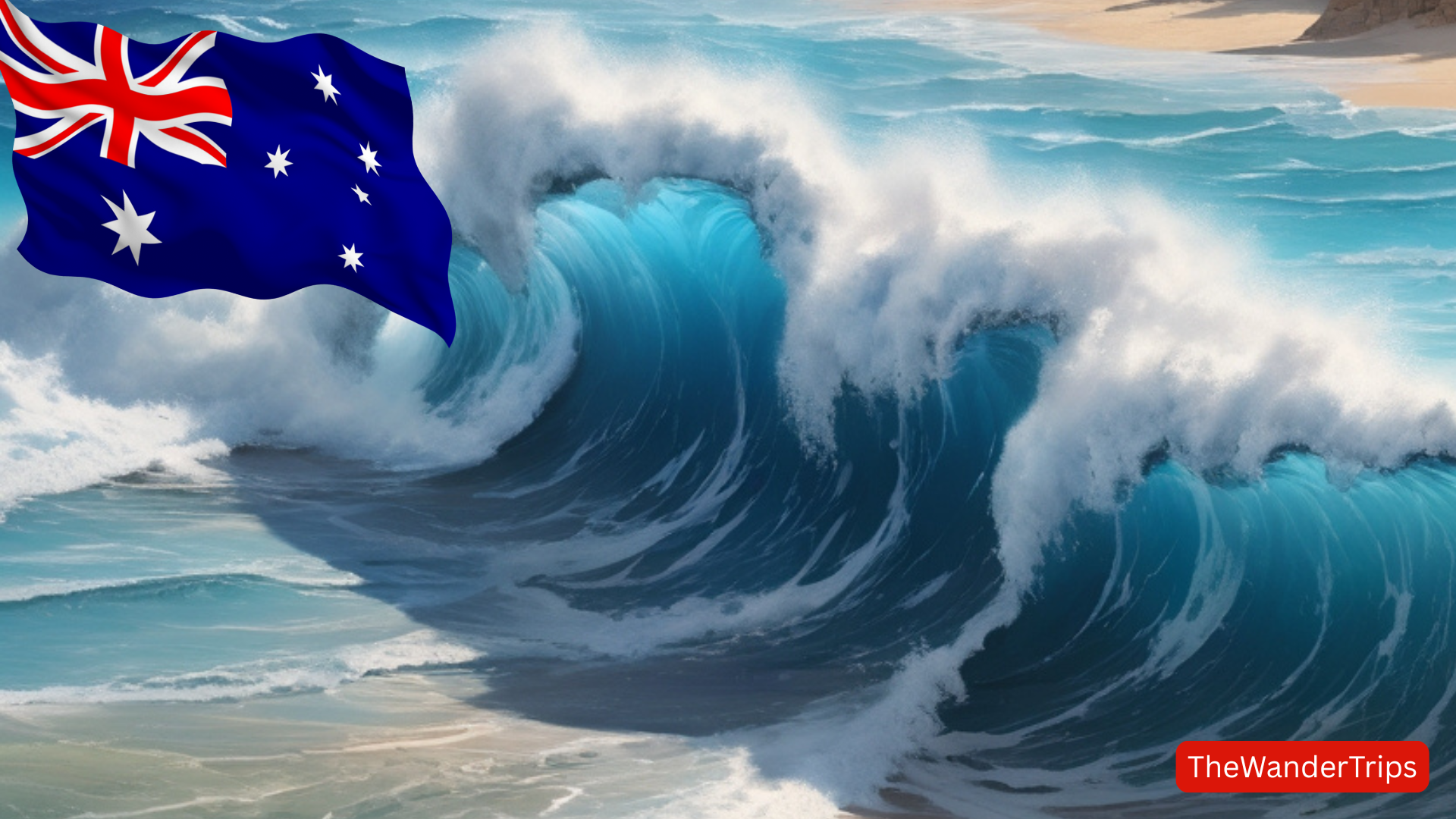
Date: March 8, 2025
Source: ABC News Australia, The Guardian, 9News Australia
The Gold Coast, one of Australia’s top tourist destinations, is facing severe beach erosion after being battered by ex-tropical cyclone Alfred. Massive waves have stripped millions of cubic meters of sand from beaches, affecting a 500-kilometer stretch from Coffs Harbour to the Sunshine Coast. Despite the destruction, local authorities have assured tourists that restoration efforts are underway, and visitors are still welcome.
What Happened?
On March 8, 2025, ex-tropical cyclone Alfred hit Australia’s eastern coastline, unleashing 40-foot waves and extreme weather conditions. The hardest-hit areas include Broadbeach and Surfers Paradise, where large portions of the shoreline have been washed away. The Australian Bureau of Meteorology (BOM) has reported that the erosion is among the worst in decades.
Tourists and locals alike have witnessed the dramatic transformation of the coastline, with some beachfront properties now dangerously close to the ocean. The destruction has raised concerns about the long-term sustainability of Gold Coast beaches, especially as climate change continues to increase the frequency of extreme weather events.
Government Response and Restoration Plans
Recognizing the importance of the beaches to both local communities and the tourism industry, authorities have launched a $50 million sand restoration project to rebuild the eroded areas. The plan includes:
- Sand Dredging & Pumping: Officials are using large sand pumps to redistribute sand from deeper waters back to the beaches.
- Seawalls & Barriers: Temporary barriers are being placed to prevent further sand loss.
- Long-Term Solutions: Scientists are exploring options like artificial reefs and vegetation planting to stabilize the coastline.
Is It Safe to Travel to the Gold Coast?
Despite the destruction, the Gold Coast remains open for tourists. Local businesses, hotels, and resorts continue to operate, and alternative beaches remain accessible. Authorities have issued safety warnings for areas with unstable sand cliffs but have reassured visitors that the majority of tourist hotspots remain unaffected.
If you are planning a trip to the Gold Coast:
- Check Local Warnings: Stay updated on beach conditions via the Gold Coast Council website.
- Follow Safety Guidelines: Avoid areas marked unsafe due to erosion.
- Explore Other Attractions: The Gold Coast offers more than just beaches, including theme parks, rainforest tours, and vibrant nightlife.
Impact on Tourism & Climate Concerns
The Gold Coast relies heavily on tourism, with millions of visitors flocking to its beaches annually. The recent erosion raises questions about the future resilience of coastal destinations worldwide. Experts warn that climate change-driven storms and rising sea levels could make these occurrences more frequent.
Tourism officials are urging travelers not to be discouraged, as efforts to restore and protect these iconic beaches are well underway. Some hotels and tour operators are even offering discounted rates to encourage visitors during the restoration period.
Additional Resources & Travel Tips
- Track Beach Conditions: Follow updates from the Queensland Government Beach Safety website.
- Support Local Businesses: Many restaurants and shops depend on tourism—choosing local services helps sustain the economy.
- Travel Insurance: If planning to visit during storm season, consider travel insurance covering weather-related cancellations.
- Eco-Friendly Tourism: Participate in volunteer beach clean-ups to support conservation efforts.
Final Thoughts
The erosion of Gold Coast beaches is a stark reminder of the fragility of our natural landscapes. While the impact has been severe, restoration is in full swing, and the Gold Coast remains an attractive destination. If you’re planning a trip, stay informed, follow safety guidelines, and continue to enjoy the beauty of one of Australia’s most iconic coastlines.
What are your thoughts on the recent erosion? Share your experiences in the comments below!
